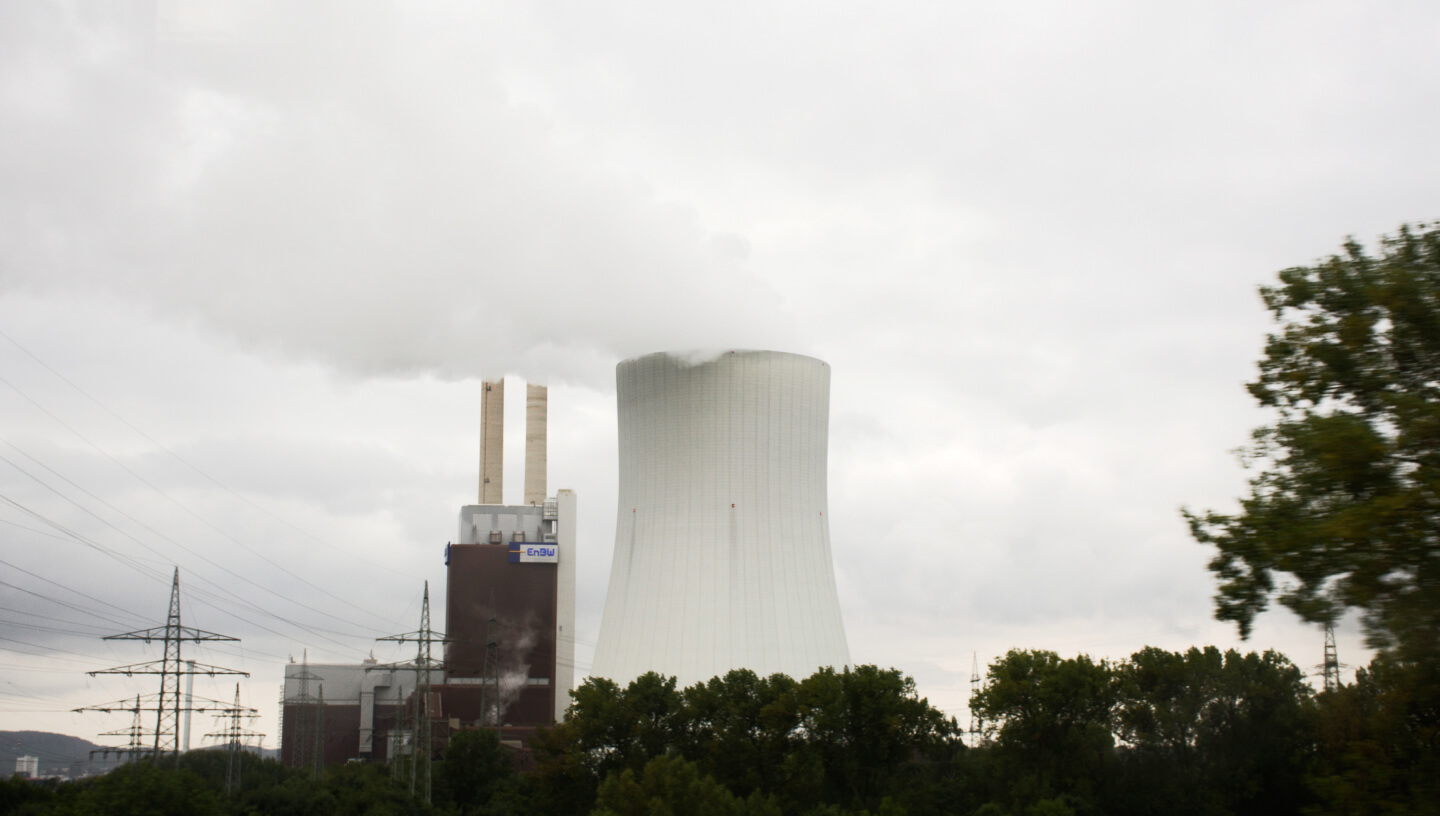24.10.2022
Excessive nitrogen concentrations around the world threaten climate and biodiversity — the study says
 Photo by: Tuayai / iStock
Photo by: Tuayai / iStock
In the Netherlands, researchers at Wageningen University have studied nitrogen concentrations in different regions of the world, as well as its impact on nature and water quality. This was reported by the science news portal Phys.org.
According to the study’s lead author, Dr. Lena Schulte-Jubbing, the analysis showed large regional differences in both nitrogen exceedances and impacts on nature. The findings were presented as a first-of-its-kind map of nitrogen emissions by region of the world.
In particular, high levels of exceedances of nitrogen compounds were found in Europe and China, while many countries in South-East Asia, South America and Africa had relatively low levels of environmental nitrogen.
This is also a threat to nature, as a lack of nitrogen in soils indicates a depletion of nutrient reserves, causing fertile land to degrade to the point where it becomes unsuitable for growing food.
“Changing the global distribution of nitrogen is important, but even with an optimal distribution of nitrogen fertilizer across regions of the world, global limits for nitrogen are still exceeded at current nutrient use efficiency,” said co-author of the report, Professor Wim de Vries.
The scientist noted that countries need to use nitrogen in agriculture much more efficiently in order to feed the world without exceeding regional and planetary threshold concentrations of the substance.
There is also a need to reduce nitrogen emissions outside the agricultural sector — in wastewater, industry and other areas. To meet such challenges, coordination between different sectors is required.
The researchers first introduced the concept of global limits for nitrogen in the environment in 2009. The scientists identified nine boundaries within which humanity must act to ensure the stability of Earth systems, including climate change and the impact of these chemicals on biodiversity.
Nitrogen is crucial to the agricultural sector. Every year, more than 100 million tonnes of nitrogen are applied to crops in the form of fertilizer to ensure that enough food is produced to feed an ever-increasing global population.
As some of the added nitrogen is not absorbed by plants, there is an inevitable surplus of nitrogen which leaches into surface waters, in turn contributing to biodiversity loss and algal blooms.
Cover photo: arlutz73 / iStock



























Comments